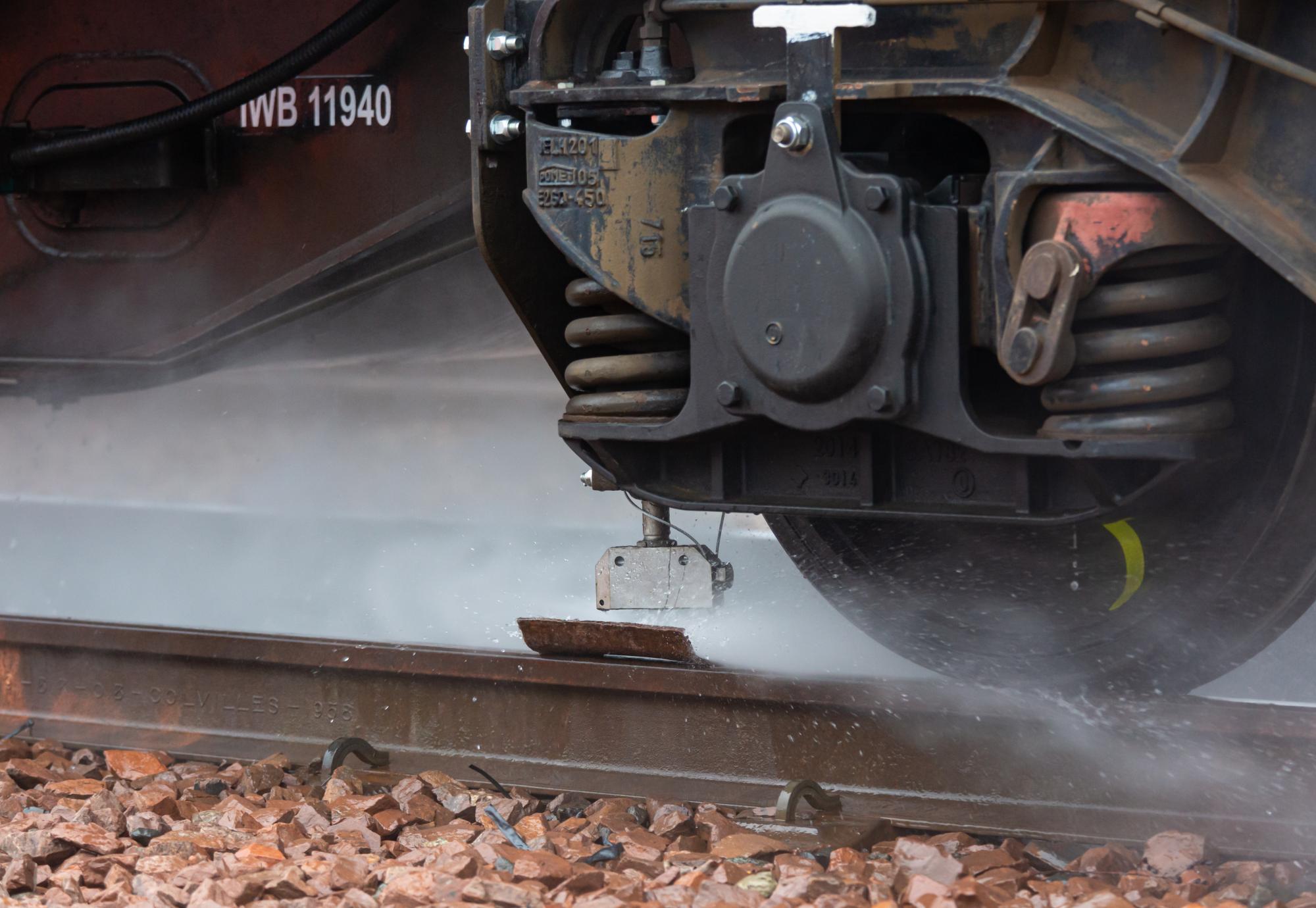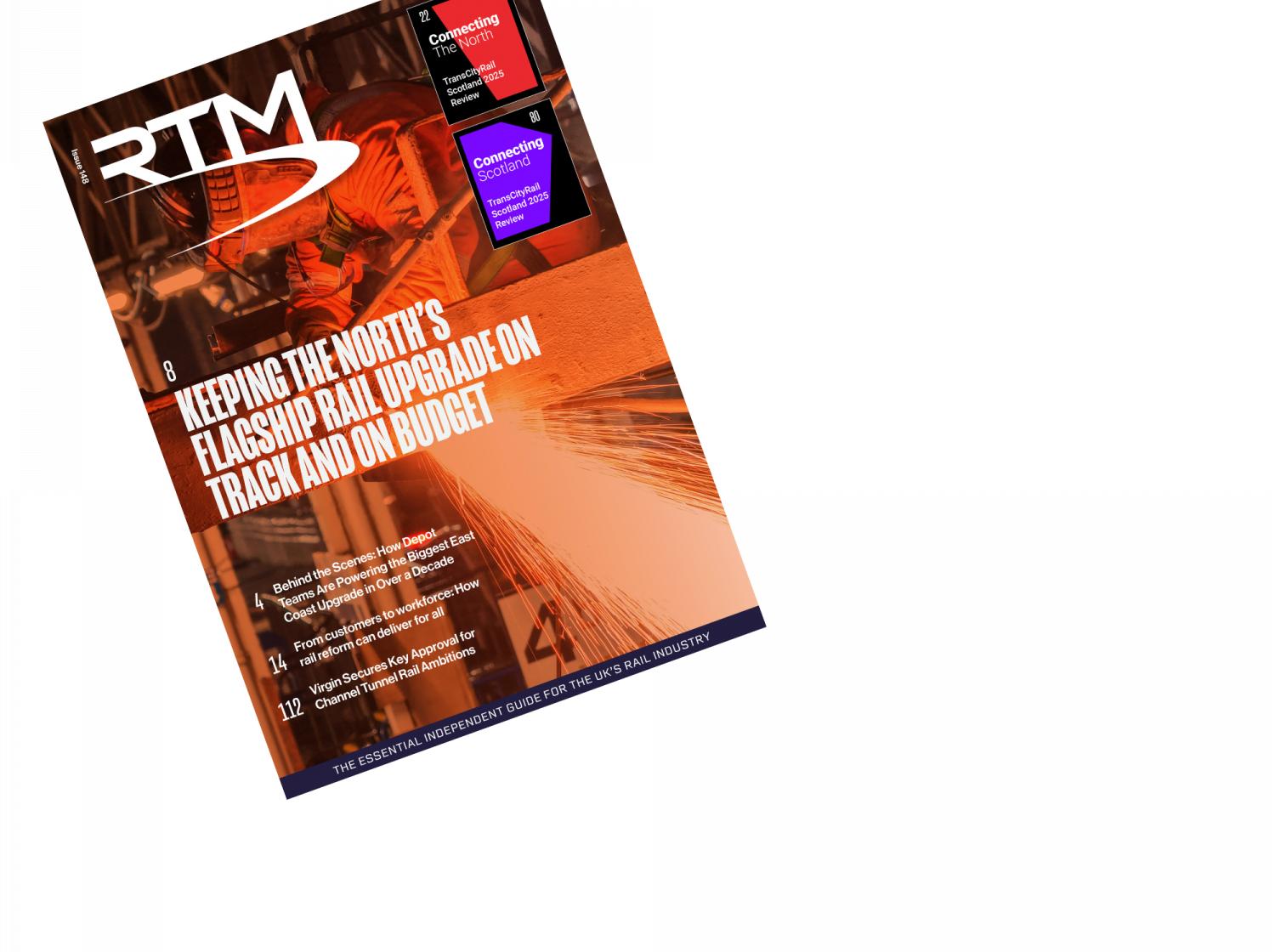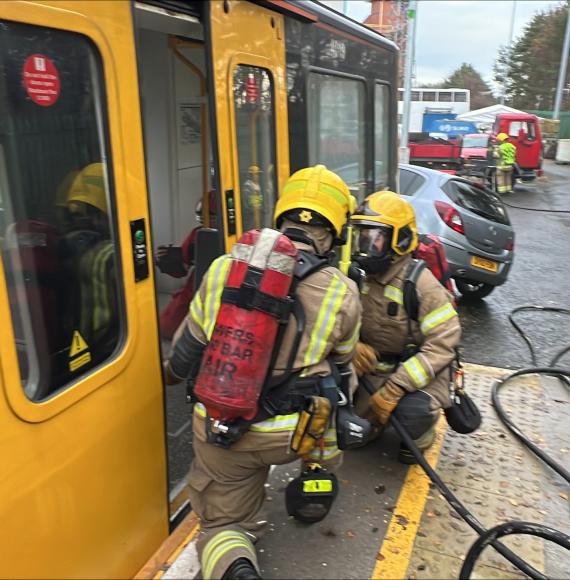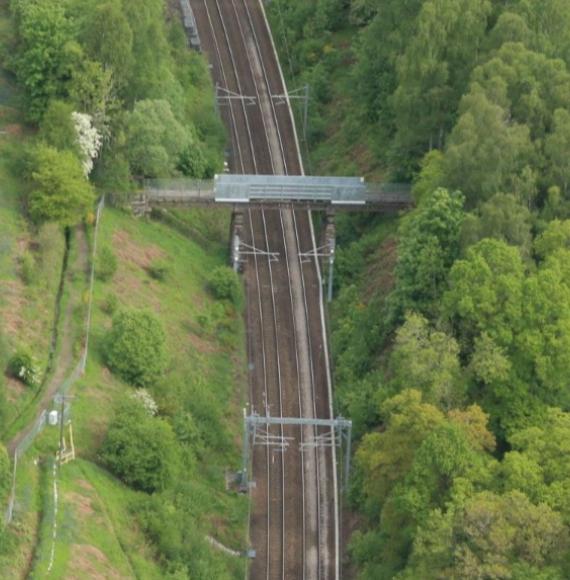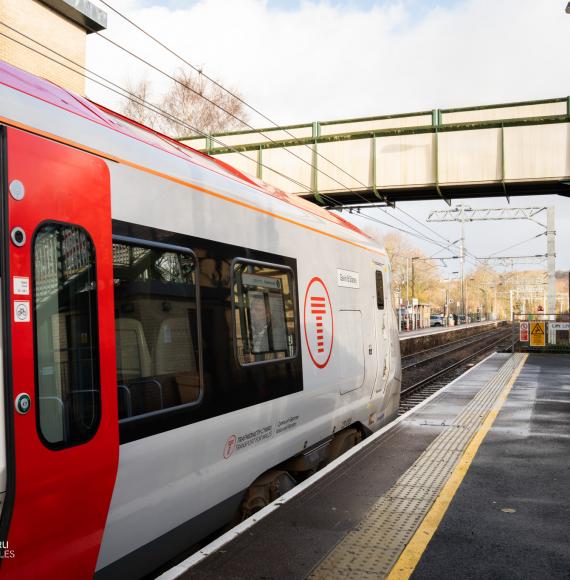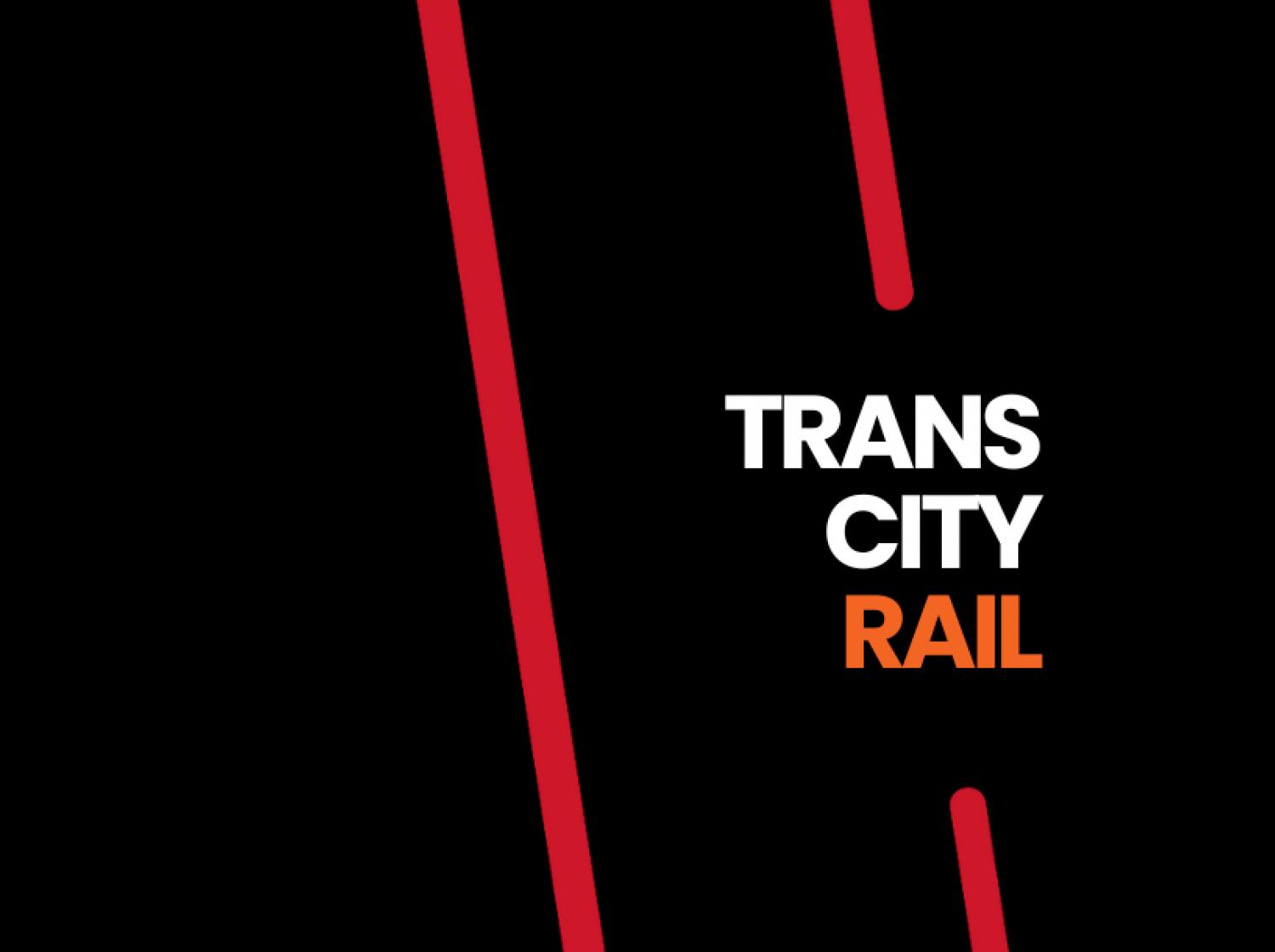Scotland's Railway is preparing for the autumn season with a range of measures to keep passengers and freight running on time, including specialist trains, timetable tweaks and innovative technology.
Leaves on the line are a major challenge for the railway during the autumn months, as they can cause trains to lose their grip on the rails and increase braking distances. To combat this, Network Rail's 18 leaf-fall teams and its fleet of seven leaf-busting trains will be working around-the-clock to keep the tracks clear.
The leaf-busting trains use high-pressure water jets to clean the rails before coating them with a sandy gel that sticks to them, helping to improve train wheels' grip. Between September 18 and December 8, more than 80,000 miles of track will be treated by this specialist fleet.
Network Rail is also trialling the use of new technologies to help keep trains moving during the autumn. One trial will involve using a train fitted with cryogenic equipment to shoot dry ice pellets onto the rails. This will cause leaves to crack and break away, leaving a clean, dry surface for trains to grip onto.
Another trial will involve using hydrophobic sand, which has been successfully used in south east England in the past. Hydrophobic sand sticks to the rails, giving trains more traction.
ScotRail is also making changes to its timetable during the autumn to make it more resilient against the adverse conditions that the change in weather can bring. Most of these changes will be minor, with changes to calling patterns and arrival times on a very small number of services. The majority of routes will retain the same schedule that's in place just now.
Liam Sumpter, route director at Network Rail Scotland, said: "Our teams will be working extremely hard with colleagues across Scotland's Railway to keep passengers and freight moving this autumn. Leaves on the line are dangerous, affecting trains in the same way that black ice affects cars. To prepare for this, we're using tried and tested techniques, as well as some innovative technology, such as cryogenic equipment and hydrophobic sand, that will break down leaves and improve traction for trains."
David Simpson, service delivery director at ScotRail, said: "We know few things frustrate customers more than when their train is delayed because of leaves on the line, and people are always a bit sceptical, but the reality is that it can lead to disruption across the network. Each autumn, thousands of tonnes of leaves fall from trees on to railway infrastructure, which can create a challenging environment. Wet weather and passing trains can cause leaves to break down into a slippery surface on the line which result in train wheels losing grip, making it harder for them to stop quickly – similar to black ice on the roads.
"That's why, this autumn, we'll be working flat out alongside our colleagues at Network Rail to keep rails and train wheels clean to help minimise the impact the weather has on our customers.
We've been working round-the-clock to prepare our trains and our stations for the change in weather. We'll be making sure the timetable is as resilient as possible, and customers are kept up to date with accurate information about their journeys."
Photo Credit: Network Rail

